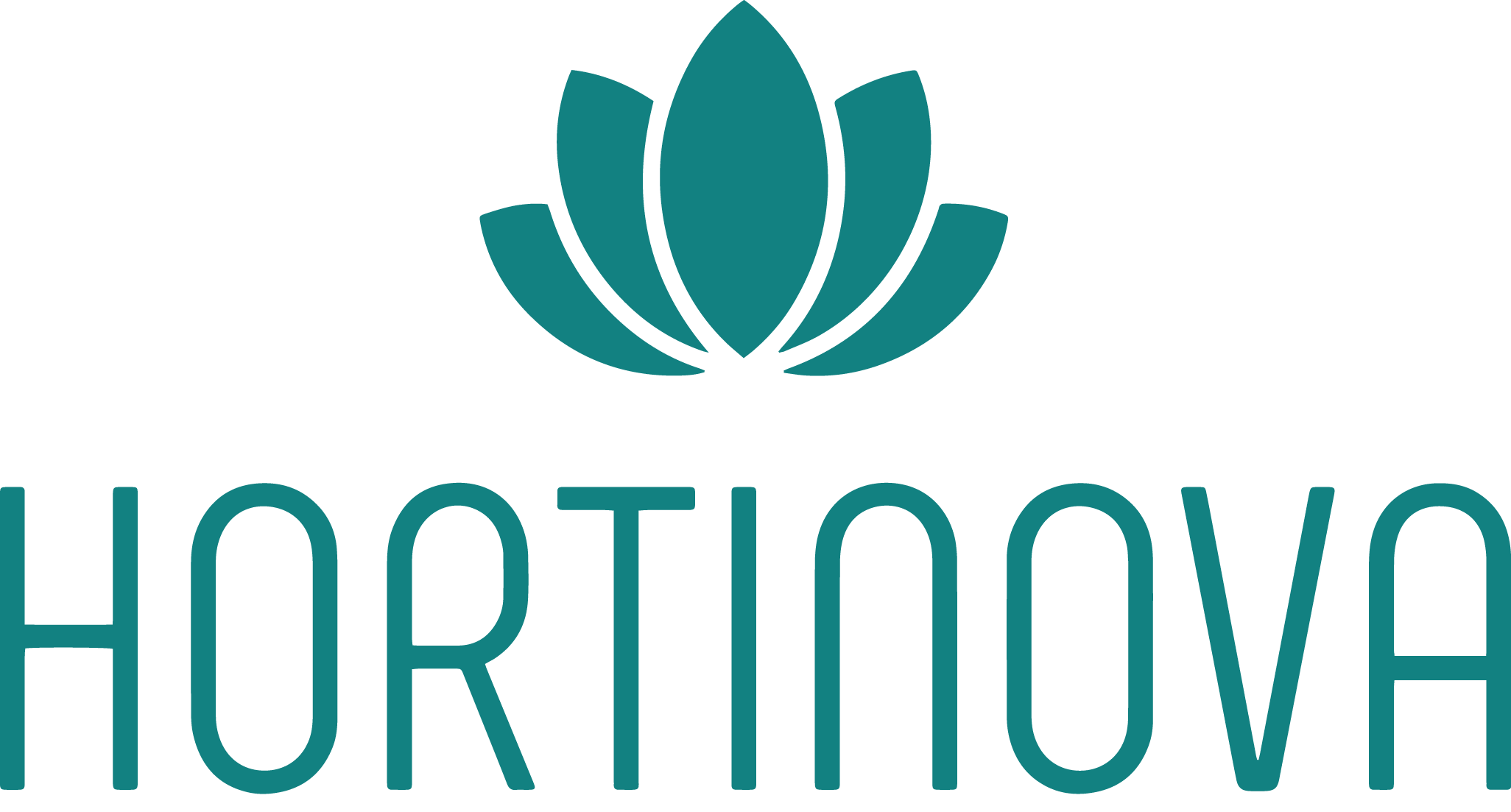

Hortinova
UNIBOTRA - Open Pollinated Cauliflower Seeds
Brassica oleracea var. botrytis
- Mid-early maturity: 60 – 75 days.
- Head weight 2 Kg.
- Large smooth domed shaped heads.
- Vigorous plant with very good leaf coverage.
- Very firm and bright white heads.
- Wide seasonal adaptability.
- Open-pollinated seeds.
- Natural, Untreated, Non-GMO Seeds.
Sow your seeds in rows 3 to 6 inches apart in fertile material at a ½ inch deep (1.5 cm) and water them thoroughly. Cover the soil with plastic wrap until the seeds have sprouted. When the seedlings appear, remove the plastic and keep the soil evenly moist. Place them on a warm, bright windowsill to expose them to enough sunlight.
THIN: Thin to 1 plant per pot when seedlings are 2″ tall.
PLANT OUT: Set plants 18 to 24 inches apart with 30 inches between rows. Cauliflower grows best as a fall crop, but can be grown in spring, too. For spring planting, sow seeds indoors 6 to 8 weeks before the last spring frost date and plant seedlings outdoors 2 to 4 weeks before the last spring frost date. For fall planting, plant a fall crop about 8 weeks before the first fall frost date but after daytime temperatures are regularly below 75°F (24°C).
TEMPERATURE: Cauliflower can be a challenge for the beginner gardeners because it requires consistently cool temperatures in the 60°Fs (15°C). Too far below that and the plant will die. Too far above it and it may prematurely “button” (form small, button-size heads) rather than forming a single, large head. For white varieties, pink heads can indicate too much sun exposure or temperature fluctuations.
WATER: Water consistently during germination and growth. Water regularly with 2 inches of water per square foot each week; even with normal rainfall, this usually requires supplemental watering. Add mulch to conserve moisture.
FEED: Soil needs to be very rich in organic matter; mix aged manure and/or compost into the bed before planting. As an alternative, apply 5-10-10 fertilizer to the planting site. Fertile soil helps to prevent heads from buttoning. For best growth, side-dress the plants with a high-nitrogen fertilizer 3 to 4 weeks after transplanting. Brown heads indicate a boron deficiency in the soil. Drench with 1 tablespoon of borax in 1 gallon of water. (Avoid getting boron on other plants.) Or provide liquid seaweed extract immediately; repeat every 2 weeks until symptoms disappear. In the future, add more compost to the soil. Purple hues can be due to stress or low soil fertility.
PROTECT: Cauliflower dislikes any interruption to its growth. Change, in the form of temperature, moisture, soil nutrition, or insects, can cause the plants to develop a head prematurely or ruin an existing one. In early spring, be ready to protect plants from frost with row covers, if necessary. Extreme cold can halt growth and/or form buttons. In summer, shade plants from the hot sun, if necessary.
BLANCHING: When the curd (the white head) is 2 to 3 inches in diameter, blanch it: Tie the outer leaves together over the head and secure with a rubber band, tape, or twine to keep light out. (This is not necessary for self-blanching or colored varieties). The plants are usually ready for harvest 7 to 12 days after blanching.
Plants are usually ready to harvest in about 50 to 100 days, depending on variety, or 7 to 12 days after blanching. When the heads are compact, white, and firm, then it is time to harvest them. Ideally, the heads will grow to 6 to 8 inches in diameter. Cut the heads off the plant with a large knife. Be sure to leave some of the leaves around the head to keep it protected. If the heads are too small, but have already started to open up, they will not improve and should be harvested immediately.
Let customers speak for us
from 23 reviewsWe grow several varieties of various colours of tomatoes, and the contrast of these tomatoes with other colours is fantastic. We've had a very long season with our plants, excellent disease resistance, great flavour.

This review applies to all of the seeds I purchased from Hortinova - beautiful tomatoes, good disease resistance and excellent production. Our field season extended to 10 weeks. We've had comments of excellent flavour from our customers as well, highly recommend any Hortinova seed.

This tomato is good taste tomato. Small red round tomato. Bigger then cherry tomatoes but smaller then regular one. I like it. Perfect for salads and fresh eating. Ordered seeds for next season.

2nd time ordering. Very satisfied with qualify and result. Thank you

BALCONY YELLOW F1 - Hybrid Cherry Tomato Seeds

Delivered very fast, packed very good, in professional condition and quality. Thanks

DUETT - Open Pollinated Radish Seeds

We will see what they are like this summer.

Type crimson de bonne grosseur avec une superbe uniformité et très hâtif. Un des premiers prêt en saison. Semences très petites et peu nombreuses. Goût très sucré et chaire croquante. Chair passant du rose au rouge en cours de saison. Les plants sont forts et très vigoureux avec des grosses feuilles.

Vigueur des plants impressionante avec des fruits résistants aux fissures et aux dommages. Très bonne conservartion et goût très sucré lorsque les nervures deviennent orange. Peu être récolté lorsque les nervures sont vertes également. Cavité des semences très compacte et petite laissant beaucoup de chair.

Melon qui fond en boûche avec un goût se rapprochant du melon miel et du cantaloup à la fois, très sucré. Faire attention aux irriguations lorsque le melon devient mature car il peut fendre au champs. Très odorant.

Avec son apparence côtellée, son très gros calibre et ça couleur rose, cette tomate se démarque des autres sur les tablettes. Variété plus résistante à la pourriture apicale que la plus part des autres tomates roses. Bon ensemble de résitance aux maladies également.

Tomate noire dont les faces qui ne sont pas exposé au soleil passent du vert au rouge lorsque mature donnant un aspect unique aux fruits. Charactéristiques similaires à la Barrio avec un goût superbe sans acide. Les clients l'on adoré.

Superbe adaptabilité et excellente résistance aux maladies. Fruits uniformes qui ne fendent pas, bonne conservation. Ajoutez à cela un goût unique avec une légère acidité et une pointe sucré.















